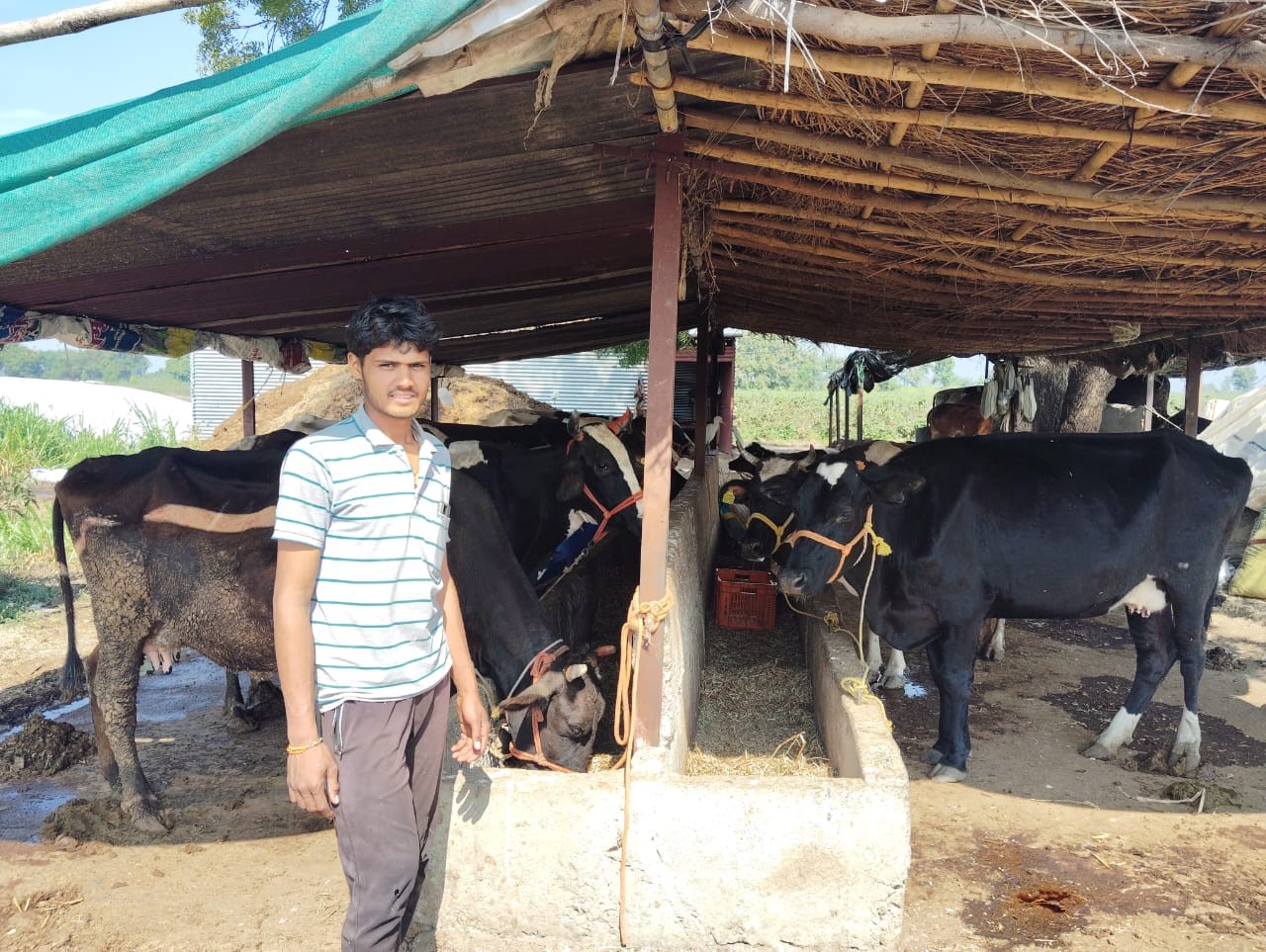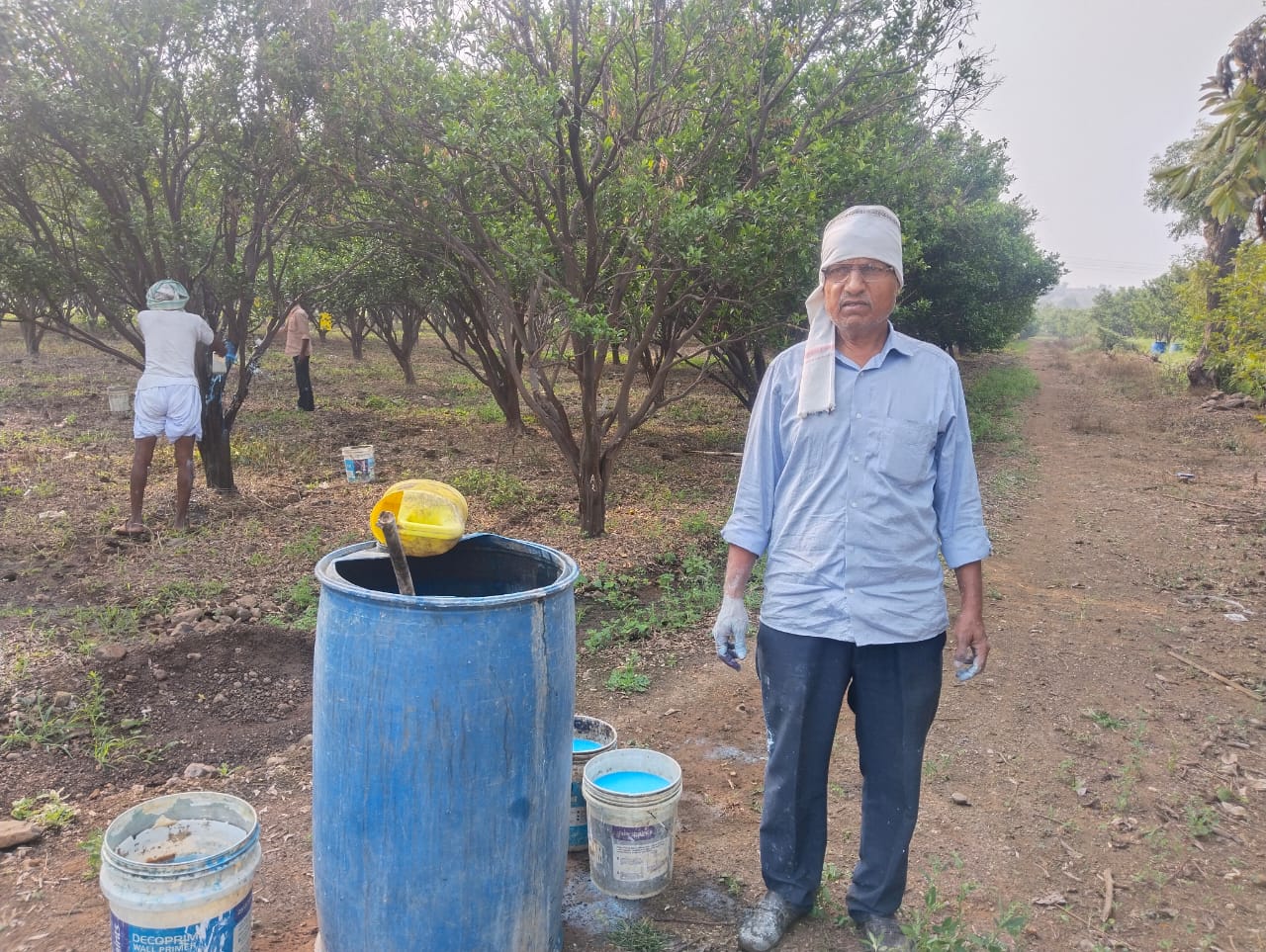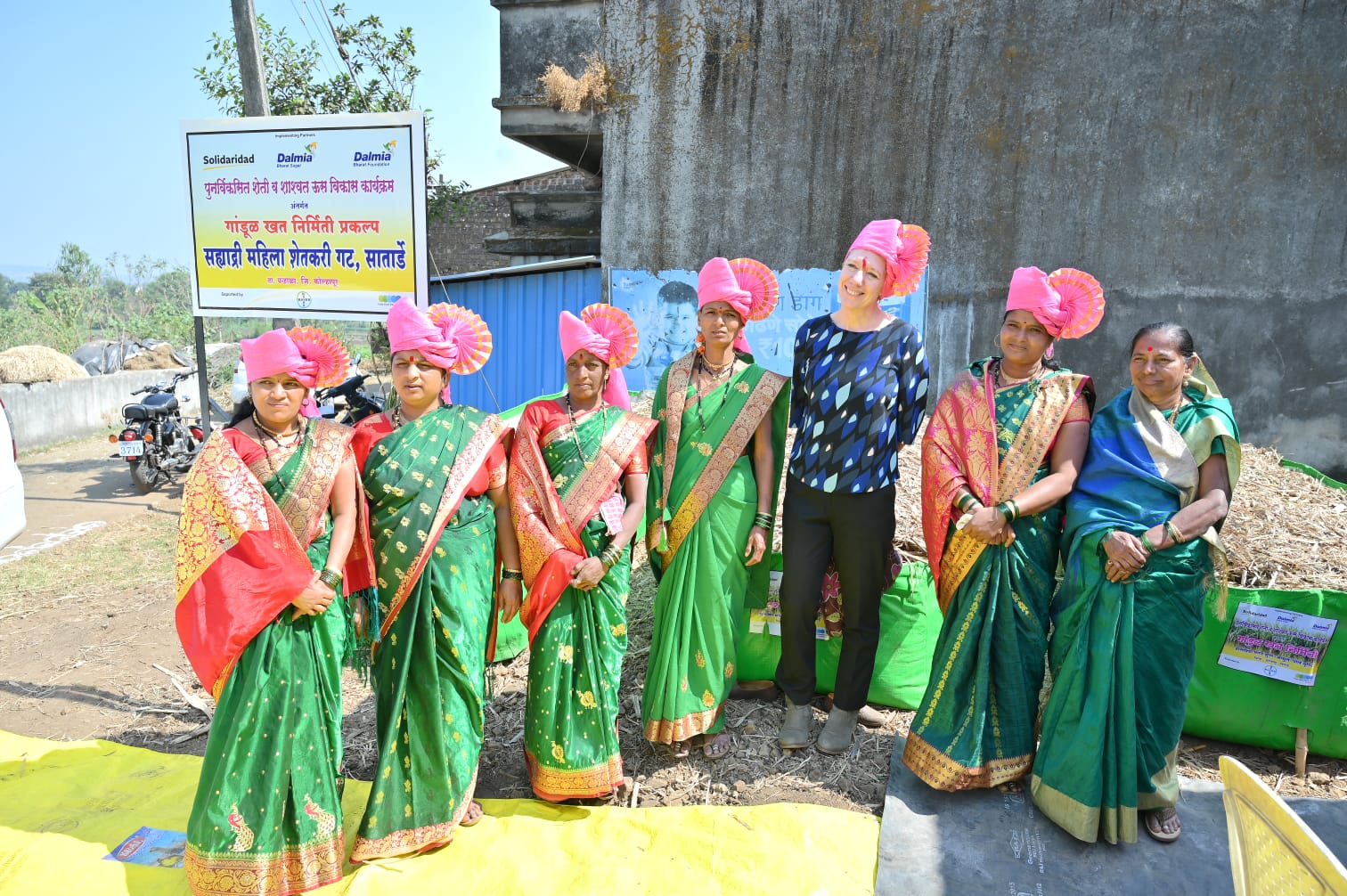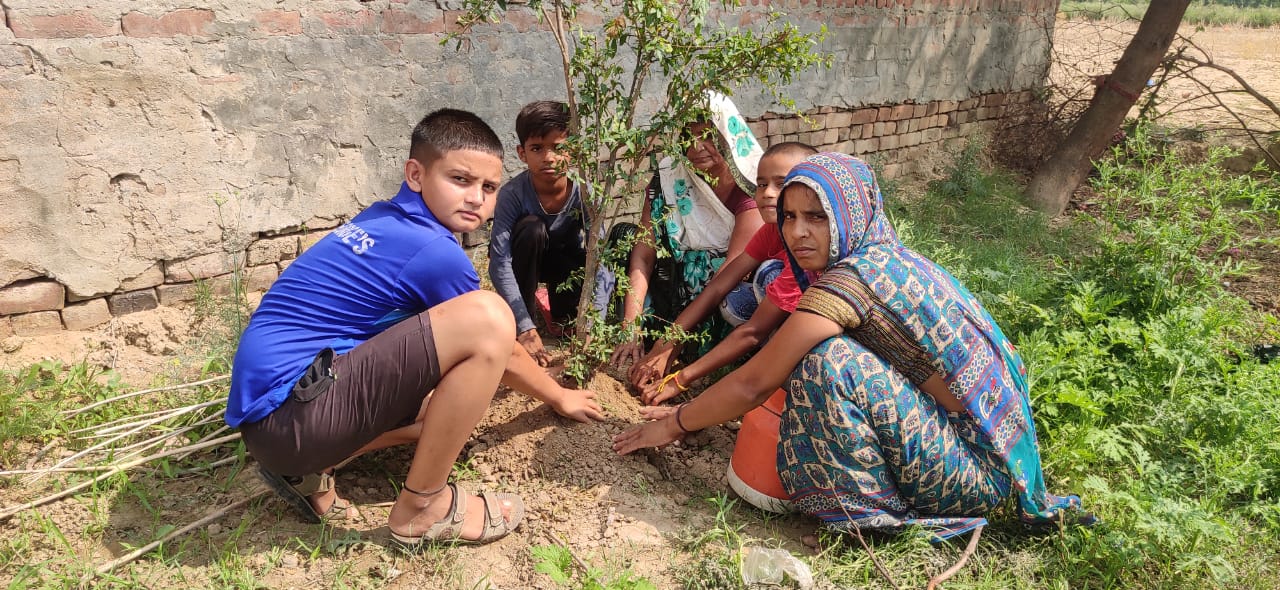There is a need for a systematic attempt to link local-level initiatives affecting food systems to policies adopted at national level.
In September 2015, seventeen Sustainable Development Goals (SDG) were adopted by the United Nations General Assembly to achieve a better and more sustainable future for all. These seventeen interlinked Goals uphold ‘No Poverty’ and ‘Zero Hunger’ (SDG 1 and 2 respectively) to be achieved by the year 2030.
Looking towards agenda 2030, there is still a gap in reaching the poorest of the poor in rural areas to end hunger and malnutrition. The pursuit of a rights-based approach in development cooperation to address the underlying structural causes and strengthen rural governance for the realization of the right to adequate food is becoming increasingly important. At the same time, food systems are shaped by a variety of distinct policy frameworks, developed largely in isolation from each other. There is a need for a systematic attempt to link local-level initiatives affecting food systems to policies adopted at national level.
A study conducted by Welthungerhilfe in 2019 in four countries (India, Kenya, Malawi and Burkina Faso) confirmed the feasibility of addressing common issues related to rural governance, irrespective of country-specific particularities. The program applies a multi-level approach, linking up the micro level (communities and villages) with the meso level (block and districts) and the macro level (State and National level in India).
The results of the study lead to designing a project named ‘Strengthening Rural Governance for the Right to adequate Food’. The project envisions ‘administrative, political and traditional duty bearers in the project regions in the country to deliver better on the right to adequate food, guided by the principles of participation, transparency and accountability, non-discrimination, and rule of law’. It is a multi-country project supported by Welthungerhilfe (WHH) and BMZ (Germany). The project, which started in March 2020 is expected to be implemented over a period of 52 months in 40 villages of Latehar and Khunti districts of Jharkhand. Along with India, it is being implemented in Kenya, Burkina Faso and Malawi in Africa.
The project envisages the following three outputs:
Output 1: Rights holders in selected communities in the project regions have developed and voiced their agenda regarding key issues for realization of their right to adequate food, engaged in multi-stakeholder dialogues on these issues, and held duty bearers to account.
Output 2: Awareness, capacities and mechanisms of duty bearers in the project regions for the realization of the right to adequate food have been strengthened, in particular with regard to key issues voiced by rights holders.
Output 3: A more enabling environment, including spaces of dialogue, for the realization of the right to adequate food in the countries has been promoted supra-nationally, nationally, regionally and locally, with particular emphasis on key issues voiced by rights holders.
The basic concept of food security globally is to ensure that all people, at all times, should get access to basic food for their active and healthy life and is characterized by availability, access, utilization and stability of food. Though the Indian Constitution does not have any explicit provision regarding right to food, the fundamental right to life enshrined in Article 21 of the Constitution may be interpreted to include right to live with human dignity, which may include the right to food and other basic necessities.
The National Food Security Act marks paradigm shift in the approach to food security from welfare to rights-based approach. One of the guiding principles of the Act is its life-cycle approach wherein special provisions have been made for pregnant women and lactating mothers and children in the age group of 6 months to 14 years, by entitling them to receive nutritious meal free of cost through a widespread network of Integrated Child Development Services (ICDS) centres, called Anganwadi Centres under ICDS scheme and also through schools under Mid-Day Meal (MDM) scheme.
As mentioned in output 1 of the project, there has been a continuous effort in the project to create awareness among the community towards realisation of their entitlements as mentioned in National Food Security Act 2013.
The case study explains the efforts put by a community to secure better nutritional services for their children.
A community’s effort for a better future through collective demand: Experience from Dumbi village
Dumbi is one of the many villages in India which is still deprived of its right to own an Anganwadi in its geographical area. Situated in Manika block of Latehar district in Jharkhand, villagers are still fighting their own unsung war of demanding an Anganwadi for their children and mothers. One can find an Aganwadi which is approximately 3 kilometers away, which is in the boundary of another village of another panchayat area. This discourages the pregnant women and lactating mothers from walking up to the Anganwadi, carrying their children which consequently deprives the small children of their basic right to food and to live a respectable and healthy life.
The village is 30 kilometers from Manika block and falls under schedule 5 of the constitution of the Provisions of the Panchayats (Extension to the Scheduled Areas) Act, 1996. The village consists of approximately 364 households of which more than 90% belong to SC and ST families.
The provision under Integrated Child Development Services (ICDS) scheme guarantees every revenue village with an Anganwadi within its geographical boundary and in the absence of it, can demand for an Anganwadi, provided the village/hamlet has a total of 40 or more children below the age of 6 years.
Dumbi village did not receive the essential services to be provided by an Anganwadi; thus, making the women and children vulnerable to malnutrition and plunging their future generation into the never-ending cycle of ill-health and poverty.
Dilip Rajak, one of the members in the project, has been working in bringing a change among the right holders by organizing them to identify the issues of the village and discuss about the probable solutions to tackle those issues. Most of the time he uses Gram Sabha as a platform to discuss the issues. Slowly and steadily, Dilip and others in his team were able to raise the issue and demand for an Anganwadi through the Gram Sabha
Though the issue of not having an Anganwadi was regularly discussed in the Gram Sabha, the members were unaware of how to address it. It was then that Dilip suggested them to undertake a survey to know the number of children under the age of six. Not only did he help in motivating the community members but also mobilized them for a survey in the village and prepared a report based on the findings from the survey. In the survey conducted in April 2021, it was found that the village has a total of 53 children under the age of six years who were neither provided with any dry ration nor their growth was monitored by the local ‘Sahiyaa’ didi.
The report duly prepared by the community members with support of the Gram Pradhan was submitted to the Block Development Officer (BDO) and Child Development Project Officer (CDPO), Manika in September 2021, with a copy each to District Deputy Commissioner (DDC), District project Officer (DPO) and Department of Women and Child Development, Jharkhand.
Though the community has to go a long way to achieve its dream, with the support of Dilip, they have learned to advocate their demand collectively with evidence. A small fillip from an NGO/CSO/Individual may help the community to approach an issue systematically and present it to others with proof and confidence.
In the coming months, they have decided to follow up with the officials concerned on the report and will try to expedite the process of providing the community members their rights which have been due since the village has been established.
This case study is an example for how a community can be collectively motivated to demand their rights in a proper manner. By involving them from the beginning in the activities, they learn how to put forward their demand to the service providers effectively.








